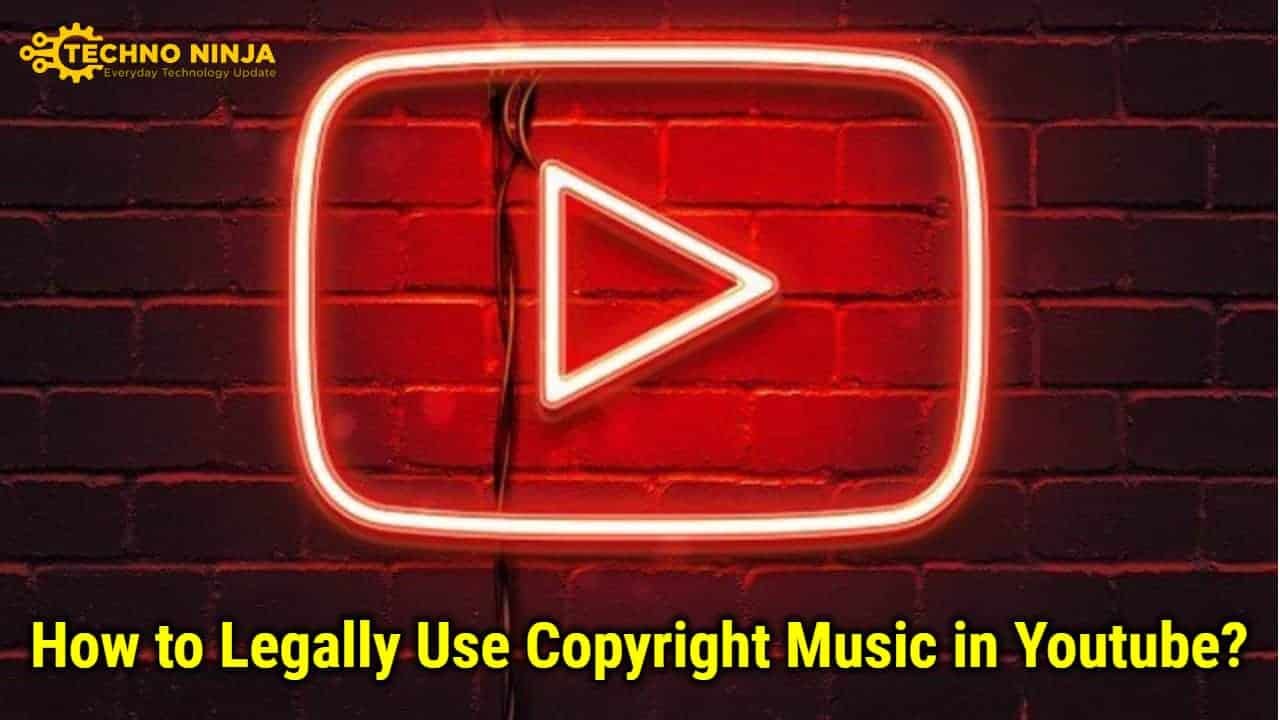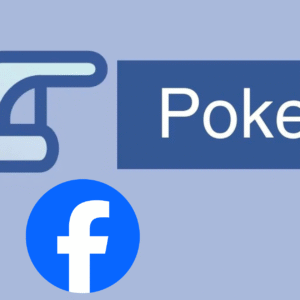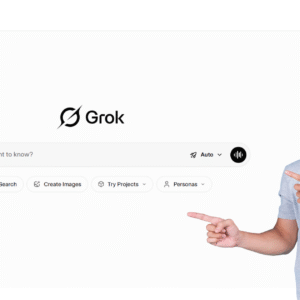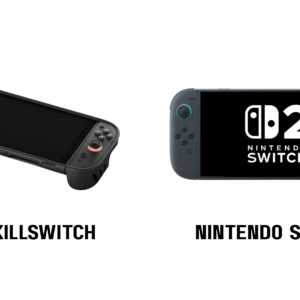Copyright infringement on the Internet is very common. Many YouTubers use copyrighted music in their videos and often do not realize the consequences. YouTube for copyright infringement very hard and give your video down or may suspend your account. Therefore, use caution when using the music on your YouTube video.
However, the reality is of great importance, and if you learn how to avoid copyright strikes on your YouTube channel, you will understand how to legally use copyrighted music. A very common question for content creators is, “How can I legally use copyrighted music on YouTube?” There is indeed no shortcut, and you can come out of it. This article explains how to legally use copyrighted music on YouTube videos. It includes information relating to an interception that applies to the use of copyrighted music on YouTube.
Table of Contents
Can You Know YouTube Copyright Policies?
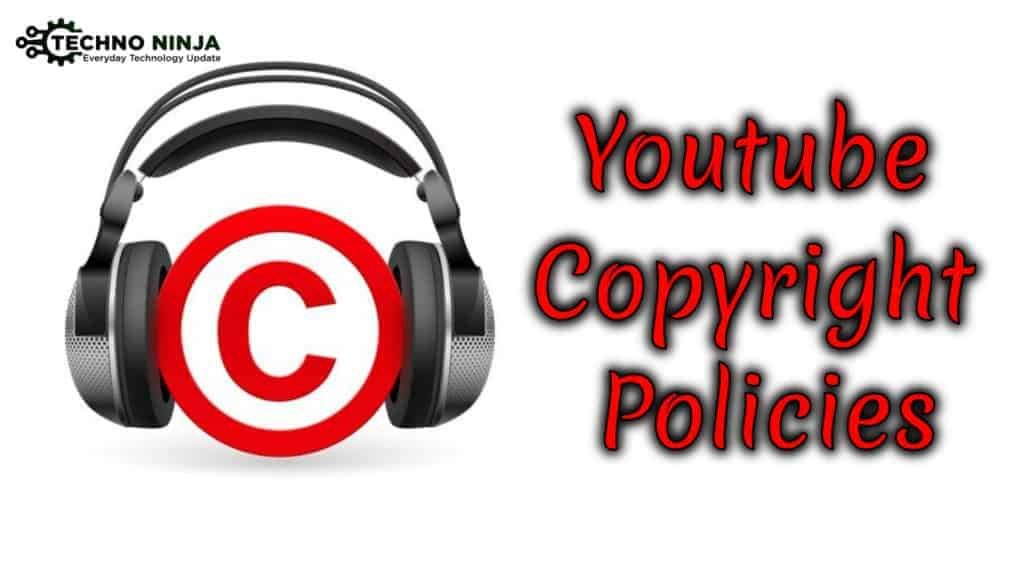
In many countries, when a person has made an original work fixed in a physical medium, they automatically own the copyright to the work. The copyright owner has the right to exclusive use of their work. Most of the time, only the copyright owner can tell you if you have permission to use someone else’s work.
What kinds of work are subject to copyright?
- Audio-visual works, such as TV shows, movies, and online videos
- Sound recordings and musical
- The composition, such as lectures, articles, books, and music composition
- Visual works such as paintings, posters, and advertisements
- Video games and computer software
- Dramatic works such as plays and musical
Ideas, information, and processes are not subject to copyright. According to copyright law, to be eligible for copyright protection, a work must be creative and fixed in a static medium. First and last names, not themselves, are subject to copyright.
Can YouTube determine copyright ownership?
No, YouTube is not able to mediate rights-ownership disputes. When we receive a full and valid takedown notice, we remove the content as required by law. When we receive a valid counter-notification, we will forward it to the person who requested the removal. Next, the court of the parties involved in solving the issue.
What is the difference between copyright and privacy?
Just because you appear on a video, image, or audio recording doesn’t mean you own the copyright. For example, if your friend films a conversation between the two of you, he will be the owner of the copyright to the video recording. The word you are talking about is subject to copyright unless it is fixed in advance.
If your friend or someone else, without your permission, uploads any video, image, or recording and you feel it violates your privacy or safety, you may wish to file a privacy complaint.
What happens if I use copyrighted music on YouTube?
YouTube has a powerful system called Content ID, which assigns copyright to content owners on YouTube and how they are used to detect and manage it. Each video uploaded to YouTube is scanned against the Content ID database to determine if it contains any copyrighted music or video.
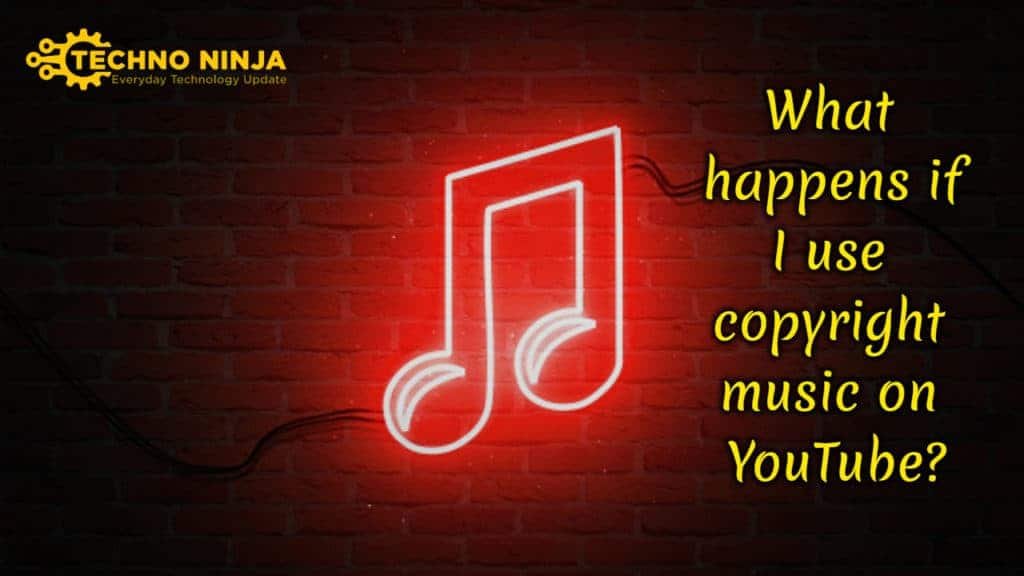
If you use copyrighted music registered in the Content ID system, the copyright owner may decide:
- Mute your video (the video is there, but the audio is not yet available)
- Block your video (in the worst case, this will probably penalize your channel)
- Continue to monetize your video ads (you will not be able to monetize them)
- Track your video viewing statistics
In most cases, the content ID is only available for established music publishers and companies, such as Google-certified technical solutions for small independent manufacturers to supply the music so that they can protect their works on YouTube’s Content ID system.
How do I use legally copyrighted music on YouTube?
When you receive a third-party content claim, YouTube advises you to do one of the following:
- You don’t have to do anything if you don’t mind the ads.
- Remove or swap music.
- Revenue share. If you’re a partner, you can share revenue-generating song covers.
- To dispute the claim if you believe that you have the right to use the music.
Starting in 2019, YouTube has made some changes to simplify the creator’s claim to be solved. In particular, YouTube has configured its post-claim tools—adding or replacing a song, removing a song, and cropping—to automatically claim several claims.
Copyright law ensures that when people use their work, YouTube’s music policy applies, both parts of the paid YouTube system work together, video uploads for copyright infringement have a proper policy, and creators can file their own copyright claims. Of course, you didn’t write the songs, so you can’t claim ownership of them. You can legally use copyrighted music on YouTube. If you want to use it you have to go out and get approval from the original creator.
However, the negative aspect is that it is very quick to act if there is a mistake on YouTube. So if you use YouTube, unless you use a legally copyrighted music system, you can take down the content, allow someone else to monetize your video, or have your channel completely blocked.
The best option is to protect the copyright owner’s permission to use their music on YouTube and withdraw the owner’s claim. It’s free (like Creative Commons or public domain music), or you have to pay a license fee.
It can be easy or difficult to get permission (or a license), depending on what kind of music you want to use.
If you’re after a popular commercial song, it usually involves contacting the publisher and executing a contract. As you can imagine, the license fee can be substantial in this case.
What can happen if you do not get permission?
In the best case, you may be asked to download a piece of music from your video if you do not receive copyright permission. However, you may face more serious consequences. For example, if you post your video on YouTube, you may receive a copyright strike against your account or mute the audio in your video (and yes, even if you use it as background music in your YouTube videos) May go to you or sue you in a bad situation.
Legal headaches (and potentially expensive fees and settlements) should make sure that you avoid using any music unless you have explicit permission from the copyright holder.
How to get permission to use the song in your video?
The first step is to get permission to use the recorded material to determine the ownership of the intellectual property and copyright and to communicate with them.
However, being in touch with the artist or record label does not matter. In fact, in recorded music, two (or more) are the owner of rights: the right to a written song (composer, lyricist, and/or music publishers), the right to specific recordings (record label), and the performers.)
How to ask for copyright permission to use a song?
Once you find the copyright holder, you can contact them, usually by writing a letter or email. Check out this sample letter or follow this guide. The main thing is to identify yourself, explain the song or original music you want to use, and how or where it will be used. Isn’t it profitable? Commercial use? Until the end, you can ask them to sign the letter of agreement and contact you to return or negotiate for music rights.
If you use your video or views, the prospect of having very limited use is very limited if you can get permission to use the piece for free, but if you monetize your video or expect to gain, you have to pay a fee to the owner.
How much does it cost to license a song?
It may cost money to license copyrighted songs. A song by a small individual artist can cost less than $100, while a track by a big artist or label can cost a few thousand dollars. Some licenses may charge you one percent of revenue instead. You need to read the license terms carefully to know what you are entering. The terms of licensing services like Getty and others are clear and easy to understand, which makes them an interesting option for their creators.
So, to answer these two questions, can you use copyrighted music in your videos? Yes, you are probably very limited in what you can do, as long as you experiment.
And if you want to monetize your content, can you use copyrighted music in those videos? Of course, not in almost all situations, unless you do a cover version of the music if you can share half of the revenue.
In the end, if your strategy benefits from someone else’s work on YouTube, I’m afraid you’ve made all these mistakes. Now there is a strong argument for fair use, and we are not lawyers; this is not legal advice.
There are other ways to get music on YouTube
YouTube royalty-free music has quickly become a big trend for filmmakers as it avoids the old-fashioned music licensing model in favor of the process created specifically to get high-quality music into the hands of content creators.
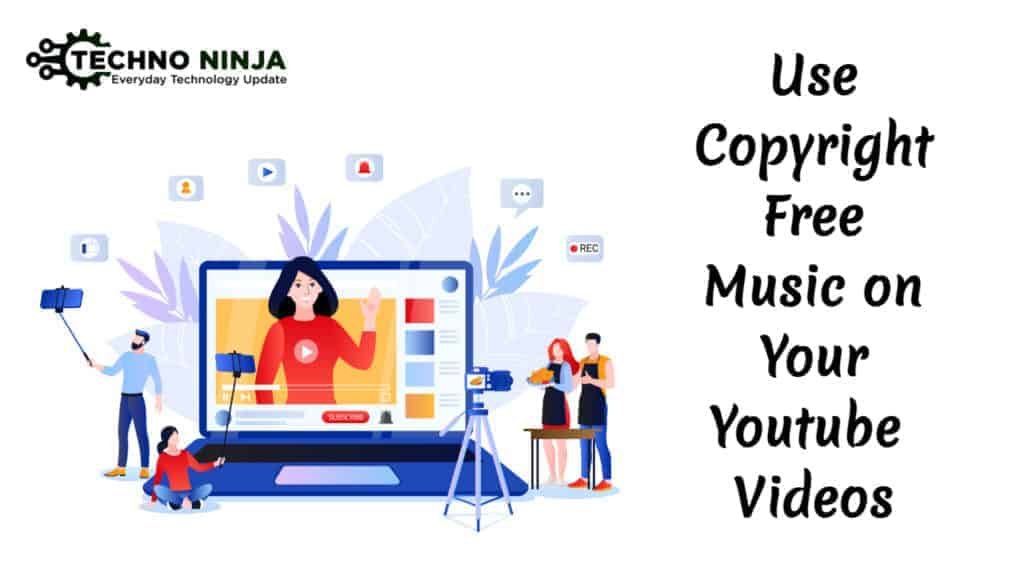
If you do not find the copyright owner of the musical instrument, you can buy a royalty-free license. Note that being royalty-free does not mean that the license itself is free; you do not pay royalties just for using it. However, there is a free and royalty-free option. YouTube’s Audio Library is a good place to start.
How to Find Copyright-Free Music in the YouTube Audio Library?
It is really hard to find good, copyright-free background music to download and add to your videos. Copyrighted, unlicensed, and attribution-free song options exist, but they are limited. It will take a while to find something decent, and the quality probably won’t be great, but I’ve piled up research and compiled a list of the best royalty-free and copyright-free music sites (and not the best ones to save you time).
Go to Your YouTube Channel > In the Top Right Corner, Click on Your YouTube Channel Profile Picture. Click on YouTube Studio > In The Left Pane, Click on Audio Library. Now choose your comfortable and suitable music for your video and enjoy.
Note: Before downloading the song, you must see the license policy.
Some Common YouTube Copyright Myths
Under copyright and how it works on YouTube, there are some common misconceptions. Remember, following a copyright claim against your content will not prevent it.
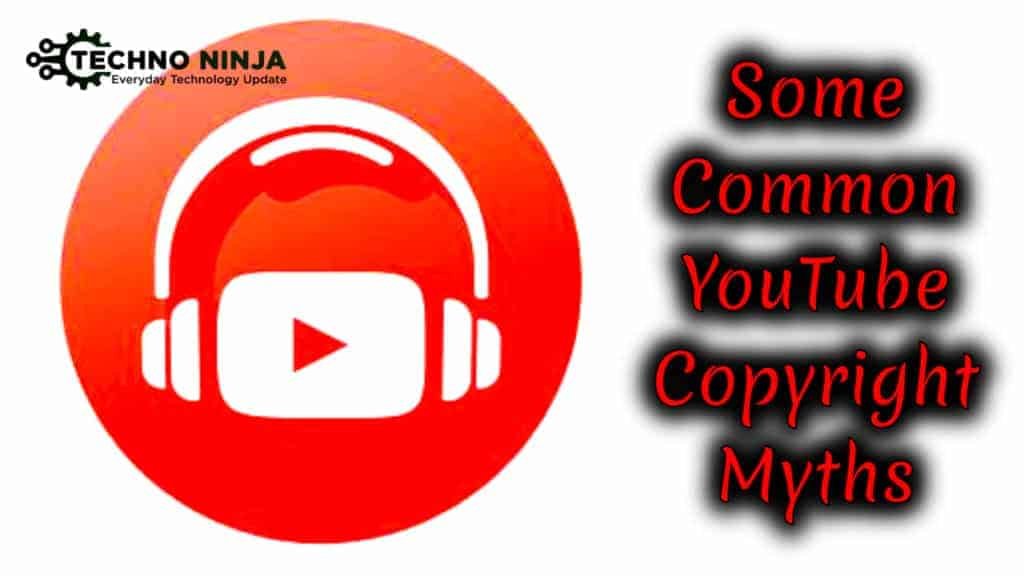
Myth 1: Giving credit to the copyright owner means you can use their content
Giving credit to the copyright owner does not automatically give you the right to use their copyrighted work. Be sure to protect the rights to all unlicensed content in your video before you upload it to YouTube. If you rely on fair use, even if you add key elements to someone’s copyrighted work, your video may not qualify, so there are four things you need to be sure to consider carefully and get legal advice if necessary.
Myth 2: “Non-profit” means to claim that any content you can use
Trying to make money from copyright-protected work does not stop copyright claims. Declaring your upload “for entertainment purposes only” or “non-profit” is not enough. When it comes to fair use, the courts will carefully consider whether the purpose of your use is fair. “Non-profit” uses are favorable in fair use analysis, but it is not an automatic defense in itself.
Myth 3: You can use the content you bought on iTunes, a CD, or a DVD
If you purchased content, that does not mean that you are the owner of the rights to upload it to YouTube. Even if you give the copyright owner credit, posting videos that include content you purchased may still violate copyright law.
Myth 4: The content you recorded yourself from TV, movies, or radio is OK
If you record something yourself, that does not always mean that you have all the rights to upload it to YouTube. And if you have a record of someone else’s copyrighted material, such as copyrighted music playing in the background, you still need to get permission from the appropriate rights owners.
Can I use 30 seconds of copyrighted music on YouTube?
It does not matter whether it is only a short clip. 10 seconds or 30 seconds. You still can’t use it. The only way to use music legally on YouTube is to get permission from the copyright holder (or who actually “owns” the song).

